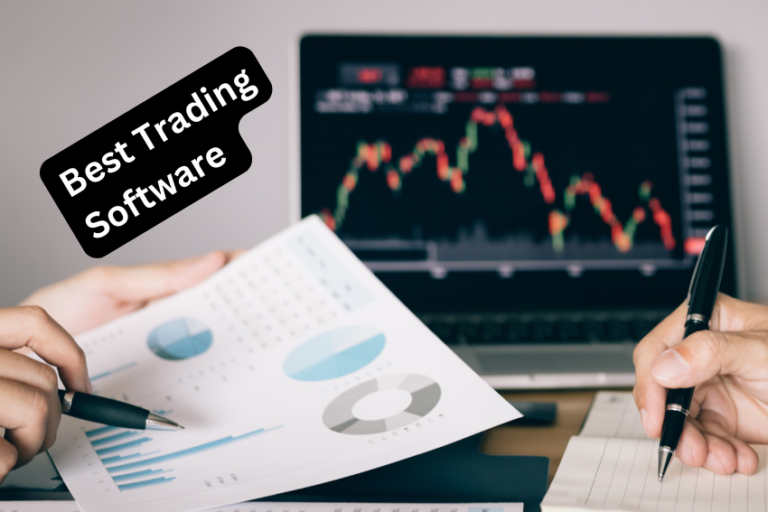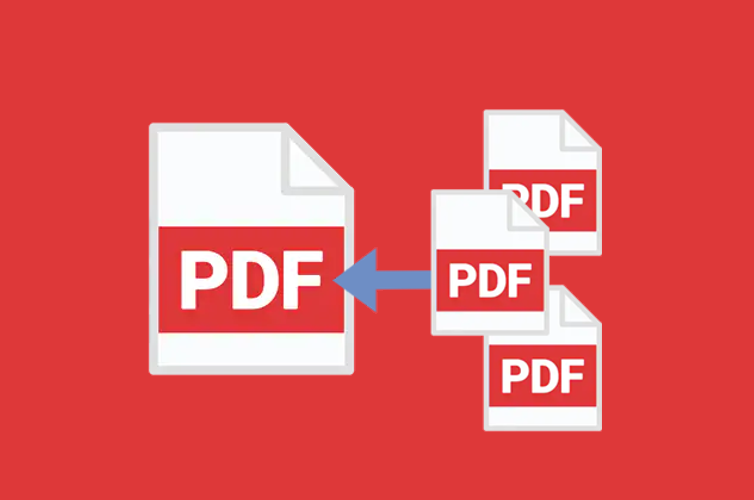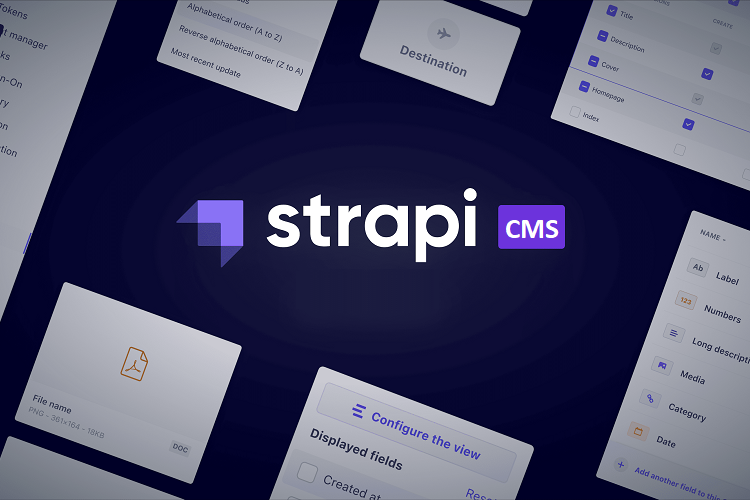Most individuals use social media daily because it has become ingrained in our culture. Marketers need help to stay up with the constantly evolving social media algorithms. A vast amount of data, including user behavior, the relevance of the material, and social sharing, is analyzed by social media algorithms to function. Thankfully, you have the option to reduce your online visibility. To succeed with algorithms, let’s first grasp how they operate and what strategies you may use.
What are algorithms in social media?
A set of mathematical rules describes the behavior of data collection called an algorithm. Search results and advertisement rankings are maintained thanks to social media algorithms.
150 million new users are expected by April 2023, bringing the total number of social media users worldwide up to 60 percent. That requires a lot of management and monitoring. The importance of algorithms in determining the reliability and placement of social media accounts and content can be attributed to this.
A user-friendly focus, similar to the one Google ranks by, has been one of the significant changes in the last several years. Social media users are encouraged to post pertinent, excellent content and interact with customers.
How social media algorithms work?
These algorithms aim to enhance user engagement, increase time spent on the platform, and ultimately keep users coming back for more. Each platform has its unique algorithm, but they generally share common principles. Here’s an overview of how social media algorithms typically work:
-
Content relevance
Social media algorithms prioritize content that they believe will be most relevant and interesting to each individual user. They achieve this by analyzing a user’s past interactions, such as likes, comments, shares, and clicks. The more a user engages with certain types of content or specific accounts, the more likely they are to see similar content in the future.
-
Engagement metrics
Social media platforms favor content that generates high levels of engagement. Content with more likes, comments, shares, and other interactions is perceived as valuable and is more likely to be shown to a broader audience. Posts that receive initial engagement early after being posted are also more likely to be amplified by the algorithm.
-
Recency
Freshness is a significant factor in social media algorithms. Newer content is often given priority over older posts to ensure users receive the most up-to-date and relevant information.
-
Personalization
Social media algorithms are designed to create personalized experiences for users. They consider factors such as a user’s location, language, interests, and demographics to tailor the content displayed on their feeds.
-
Click-through rate
The algorithm may assess the click-through rate of a post, which is the percentage of users who click on the post after seeing it on their feed. Higher click-through rates indicate that the content is engaging and relevant to users, increasing the likelihood of further distribution.
-
Relationships and connections
Algorithms often prioritize content from users’ friends, family, and accounts they frequently interact with. This encourages meaningful interactions and enhances the overall user experience.
-
Ad relevance and bids
For platforms that serve ads, the algorithms also consider the relevance of the ad to the target audience and the bid amount set by the advertiser. Ads with higher relevance and competitive bids are more likely to be shown to users.
It’s important to note that social media algorithms can evolve over time as platforms gather more data and fine-tune their systems to meet user needs and business goals. However, they have also faced criticism for potentially contributing to echo chambers, filter bubbles, and the spread of misinformation, as they may prioritize sensational content over accurate information. As a result, some platforms have taken steps to address these concerns and provide users with more control over their content preferences.
How do algorithms used in social media?
The posts seen by each user are chosen by social media algorithms based on rules and information. To maintain as much platform activity as possible, it is essential to create extremely interesting feeds.
While the idea behind the social media algorithm is clear-cut and easy to understand, the procedures followed to evaluate if a post is relevant can be highly intricate. They also are continually changing on top of all that.
Data science and machine learning combine to create customized social media network algorithms. The following factors are taken into account by social media algorithms before postings are promoted on user feeds:
- Date of publication
- Rate of engagement
- User inclinations
- Hashtags
- Content kind (picture, video, etc.)
However, the ranking signals may not be appropriate for other social media channels if effective on one site. For a more profound knowledge of social media algorithms, we thus advise you to test how particular postings rank on various social media sites at particular times.
Recognize the social media algorithms
-
YouTube

The AI-powered recommendation methodology used by YouTube’s algorithms selects material to give each viewer a tailored suggestion. Experience, knowledge, trustworthiness, and authoritativeness are some of the essential ranking signals taken into account by YouTube’s algorithm. YouTube’s ranking signals, which include the following, can keep its visitors enthralled for hours:
- YouTube heavily emphasizes your viewing history and makes content recommendations based on what you’ve already viewed.
- Similar to other social media sites, YouTube prioritizes popular material, as shown by the number of likes, views, and click-throughs received by a video.
- As a platform for streaming videos, YouTube also prioritizes videos that people frequently watch together, and these related videos are shown next to the video you are watching.
- Watch hours are another element that functions as a significant ranking indication. Therefore, your films have a better chance of ranking on YouTube if they keep viewers interested and have longer average watch times.
-
Facebook

With over 2.9 billion members globally, Facebook is the most popular social networking site. With that many users, Facebook is a vitally important platform for businesses and marketers that want to beat the algorithm and reach more people. To analyze a user’s historical behavior, the bots have gathered data known as ranking signals. Facebook relies on three main ranking factors: the post’s popularity, the sorts of postings people connect with, and who they interact with. To help you create your marketing plans, below are some ranking indications to consider:
- Facebook typically favors posts from the pages you follow and your friends’ pages.
- Having many likes, shares, and views indicates better interaction. Therefore, the Facebook algorithm favors such material.
- You’ll see a specific content format on your feed more frequently the more you view it. For instance, if you interact with them more frequently, the system will show you more reels on your feed.
- Other essential ranking factors include authenticity, informational value, and content correctness. Independent fact-checkers from Meta who monitor content quality demote posts from feeds if they are found to be partially or wholly inaccurate.
-
Instagram

That month, there were 6.497 billion visitors to the site, with each session lasting an average of 7:51 seconds. If you adhere to the guidelines, you may double-check your information, evaluate the data, and expand your network. The tactics mentioned will enhance your feed because they promote organic growth. Your actions following the algorithm’s rules will boost your feed.
- What a post is famous for, when it was posted, how lengthy it is, if it’s a video, and whether it’s linked to a place.
- information regarding the poster, how many interactions have been between users and that person in the last several days.
- User activity is the topics and posts a user may be interested in.
- User interactions with the person’s history, the level of interest a user has in reading a particular user’s postings.
- What posts a user has liked, bookmarked, or remarked on, together with how they have previously interacted with content in explore.
-
LinkedIn

Vital and pertinent content is essential for LinkedIn’s success because the site’s algorithm was built on connection and engagement. The algorithm’s objectives are to highlight pertinent material and encourage participation. Since 2018, viral activity on LinkedIn’s algorithm has increased by 50% annually.
- Add three to ten hashtags to your post.
- Although more common than other sorts of material, video content is no longer given priority in a feed.
- Likes and responses are less significant than comments.
- Make your content compelling to increase dwell time, which refers to how much time someone spends viewing or reading the article.
- Engage in relevant conversations, encourage staff to use the platform, or join LinkedIn Groups to expand your network.
- Try out LinkedIn adverts to broaden your network and readership.
- Analyze your statistics to see what content is effective.
-
TikTok

To be as open as possible, Tik Tok has revealed how its algorithm evaluates the 15-second films. TikTok is also like other social media, which creates user feeds per the user’s likes, comments, and not interested stuff. TikTok’s ranking criteria are distinct, giving new content precedence over follower counts.
- Including hashtags, subtitles, noises, etc., helps the TikTok algorithm to make your feeds with the ranked preferences of your page.
- On TikTok, user behavior is entirely based on previous encounters. This includes details such as video favorites, favorites, shares, comments written, and accounts followed.
- To maximize performance, the algorithm closely monitors each user’s device information and account preferences.
-
Pinterest

In terms of algorithms, Pinterest differs a little from other platforms and prioritizes three key ranking signals:
- The most crucial ranking element is the ownership and quality of the website. Here, the quality is based on how well-liked pins are that link to other websites.
- Therefore, Pinterest gives material from a specific website priority if pins from that website are popular on the platform.
- The engagement levels, which consider the pinners’ pins and accounts to calculate them, are another essential ranking component.
-
Twitter

Twitter ranks content on its platform using a variety of ranking factors. It draws attention to two aspects of its algorithm. The first thing that Twitter algorithms will do is provide you with both algorithmically chosen and real-time material. Second, the algorithm may be turned off in your feed if you’d like. These ranking factors include the accounts and tweets you interact with most frequently.
- In addition to the degree of interaction and activity from individuals in your network, Twitter considers the current popularity of a subject, trend, or tweet.
- The algorithm Twitter uses to choose which tweets to display in a user’s timeline likewise strongly emphasizes recency.
- In a user’s timeline, Twitter typically gives more weight to recent messages, with newer tweets rising to the top and older tweets falling to the bottom.
How do changes in social media algorithms affect your business marketing?
Social media sites often tweak their algorithms to improve user experience. Although these modifications may benefit consumers, digital marketers may need help to reach their intended audience. The primary ways that social media algorithm upgrades might impact your digital marketing strategy are as follows
-
Growing Competition
The battle for visibility gets more intense as social media algorithms evolve. As a result, it could be harder to stand out from the competitors and find your target audience.
-
Reduced Reach
One of the most significant outcomes of social media algorithm changes is reduced reach. When algorithms change, your content may have a more challenging time being seen by users, leading to a decline in interaction and reach.
-
Constant Adaptation is Required
Digital marketers must modify their strategy to keep ahead of the curve since social media algorithms change regularly. It might take time and be difficult, but success depends on it.
How can you keep on track?
-
Attract like and comments
Engagement with the audience is a crucial ranking element for social media algorithms. How can you obtain that, then? Creating material that stimulates participation is the key to getting more likes, shares, and comments. Asking for it is an easy yet powerful strategy to boost engagement. Ask a question in the post’s caption, or start a conversation with the first comment.
-
Add high quality content
Social media algorithms give high-quality information that is a timely, engaging, and aesthetically attractive priority. Therefore, concentrate on producing excellent and beneficial content for your audience if you want to broaden your reach and engagement.
-
Use pertinent hashtags and keywords
It is simpler for viewers to find your material through search and recommendations when you utilize pertinent keywords and hashtags to assist social media engines in recognizing and categorize your content.
-
Follow the trend
Platforms for social media place a high value on popular subjects since they increase user interaction. The algorithms thus try to show viewers more of this type of material so they’ll keep scrolling through their feeds.
Exploring trends that complement the messaging of your business may be valuable, even though following every trend is only sometimes a good idea.To do this, consider using resources like Google Trends to find out what’s popular online generally and social listening tools to learn what’s occurring in your particular sector.
-
Perfect Timing
On the feeds, the most recent posts often appear higher than those that are many days or weeks old. To increase the likelihood that your audience will see and engage with your posts on social media, you must think about the optimum times to publish. However, keep in mind that engagement is not guaranteed by publishing at the correct times. Even though posting at the right times may attract attention, the effectiveness of your postings ultimately depends on the quality of the material you offer. The ideal time to update each social network account differs.
-
Be persistent and active
Content from consistent and engaged people on social media platforms is also given preference by social media algorithms. To maintain your material in front of your audience, it’s crucial to be active and update frequently.
-
Review your data
Use analytics tools to map your progress on the social media network. This can help you understand the user’s taste so that you can optimize your content.
Conclusion
Finally, sophisticated algorithms are used by social media networks to determine what content is displayed to users. Algorithms are already obscenely complex and hidden behind a curtain of private objectives.
In the future, they’ll be even more stealthy and efficient. Businesses will be able to improve their social media content, boost interaction, and extend their audience by knowing how well these algorithms work. You may extend your network, verify your information, and analyze the data by following the instructions.
The aforementioned tactics will probably enhance your feed by promoting organic development. All of your actions that follow the algorithm’s rules will boost your feed.












